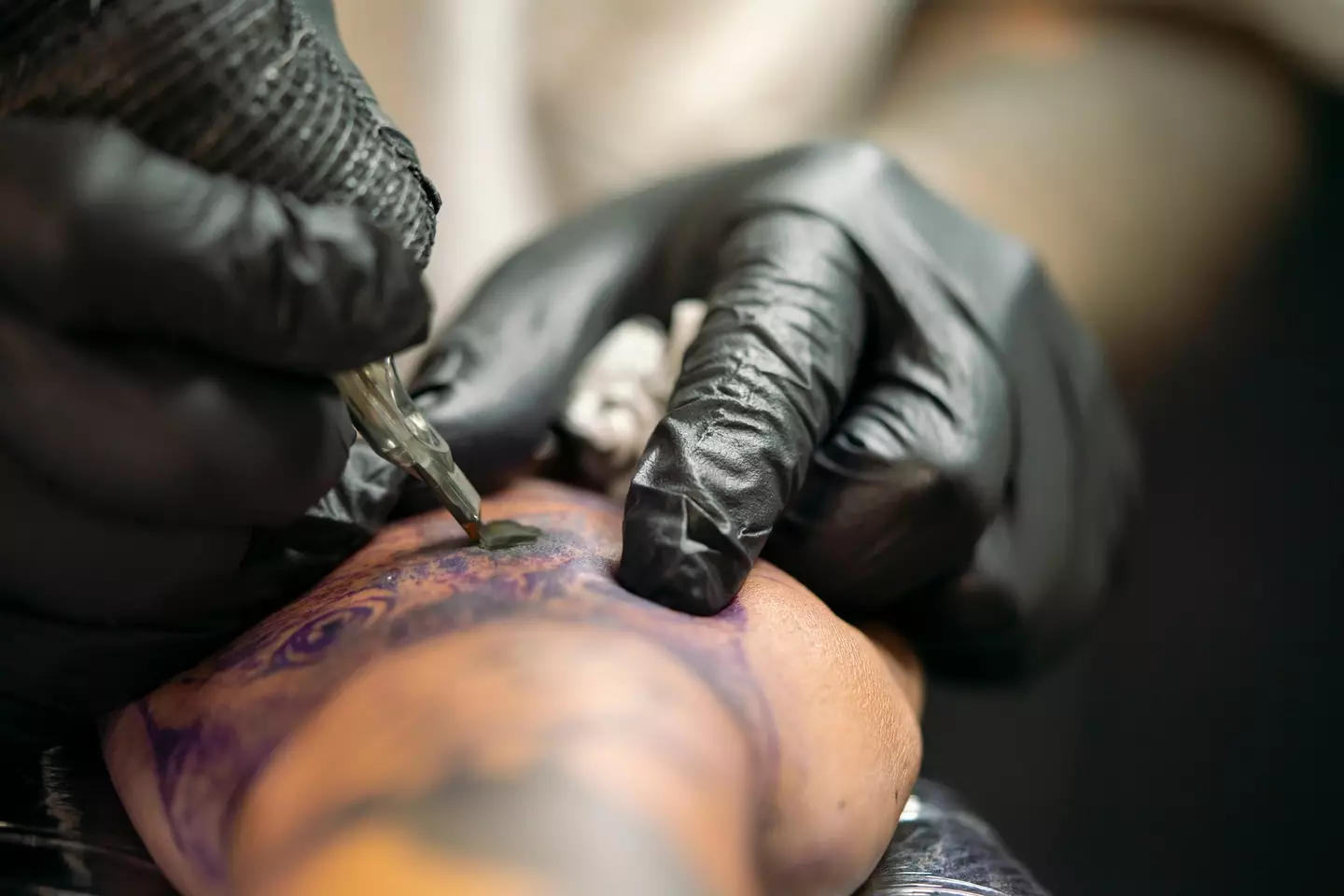A recent simulation showing how tattoo machines operate has sparked debates on social media about whether people would still choose to get tattoos.
If you’ve ever gotten a tattoo, you might not have paid close attention to the intricate details of how the ink is applied, especially if needles make you uneasy.
For those curious about what happens during the tattooing process, a YouTuber has provided some insight. If you’re squeamish about needles, you might want to skip the details.
YouTuber Zack D Films uploaded a video on his channel demonstrating the mechanism of a tattoo gun as it interacts with the skin.
According to the video’s narration: “When a tattoo gun enters your skin, a needle rapidly punctures the surface, creating tiny wounds. This needle moves up and down at high speeds driven by an electric motor and draws ink from a reservoir.”
The video further explains that when the needle pierces the skin, it deposits ink into the middle layer, and as the needle repeatedly punctures, the ink spreads among the cells to create the final design.
“This repetitive action builds the tattoo layer by layer, allowing the creation of detailed designs,” it finishes.
For those interested, you can watch the video, but be warned—the visuals may be intense, and social media reactions confirm just that. Warning: Contains graphic imagery:
https://www.youtube.com/watch?v=QOwWyJyaLzc
One person on YouTube commented: “Suddenly my idea of getting a tattoo on my neck is forgotten.”
Another remarked, “The way he’s just sitting there like nothing’s happening I’d be screaming,” while someone else humorously added: “Nah bro that speed at the end was faster than my dad getting milk.”
“What happened to those tattoo stickers my elementary school used to have in their prize box,” another user reminisced.
Yet another viewer noted: “Is anyone gonna talk about how fast that hand was moving?”

For those interested in a deeper understanding, the Florida Tattoo Academy outlines three main types of tattoo machines: rotary, coil, and pneumatic.
The rotary machine is the most commonly used and employs a ‘motor-powered mechanism’ to move needles at high speeds.
The coil machine uses ‘magnets to power the machine’, while the pneumatic relies on ‘compressed air’.
It’s always interesting to learn something new, isn’t it?

